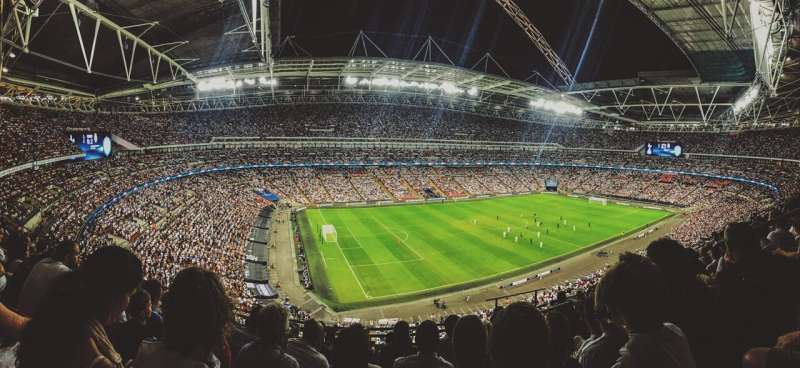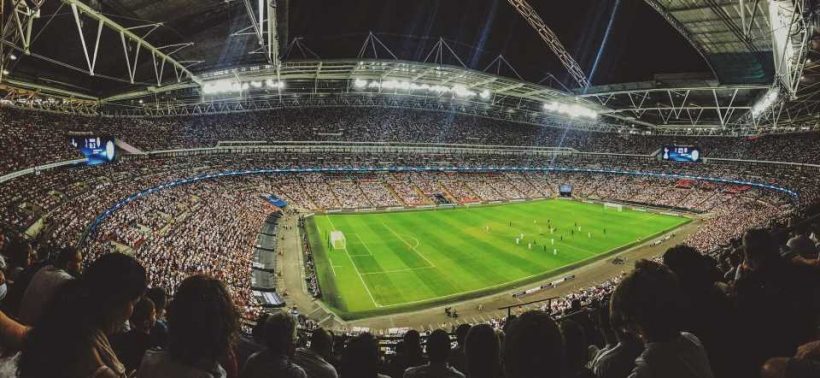
The research, published in De Gruyter’s German Economic Review, the official publication of the German Economic Association, found that local COVID-19 incidence on match days played a key role in subsequent infection levels.
Kai Fischer of the University of Düsseldorf compared counties in Germany where football matches took place with counties without matches between August and November 2020, and then looked at how infection rates evolved over time in these counties.
The study found that, on average, just one additional football match in a county led to 0.34–0.71 additional cases per 100,000 people three weeks later. This might not sound like much, but when extrapolated to the 7-day incidence per 100,000 people, this represents an increase of approximately 3–7% for just one match.
During this period, German authorities had restricted the number of people who could attend such matches, capping stadium occupancy levels at approximately 20%. Harsher occupancy restrictions were imposed when local weekly case numbers exceeded 35 cases per 100,000 inhabitants. Hygiene and social distancing rules also varied, with top league matches imposing stricter regulations.
Interestingly, stadium occupancy and strict hygiene controls did not appear to affect the numbers of infections following matches. However, instances where away fans were prohibited from traveling to matches appeared to limit COVID-19 transmission to other counties.
Infection levels following a match were strongly linked to the local incidence of COVID-19 on the day of the match. In fact, there were very few infections after matches when the local weekly incidence was under 25 per 100,000 people. “Policymakers should pay close attention to this metric when creating rules for outdoor gatherings,” Fischer said.
The study used smartphone data to show that large increases in mobility occurred on match days, leading to more human interaction, and proposes that this is a possible underlying mechanism for the phenomenon.
Source: Read Full Article
